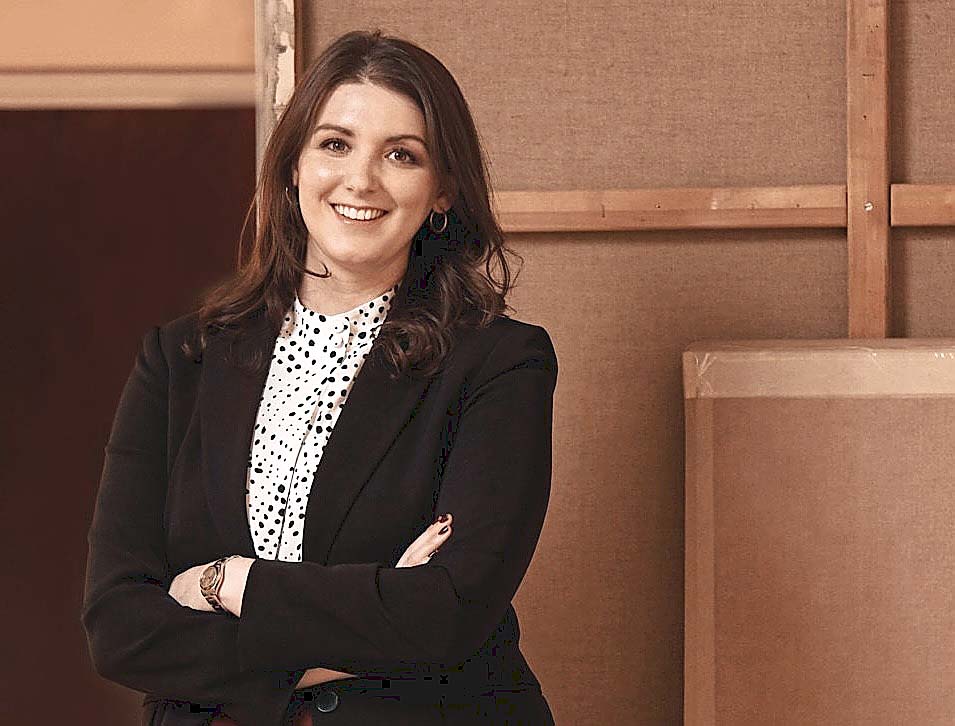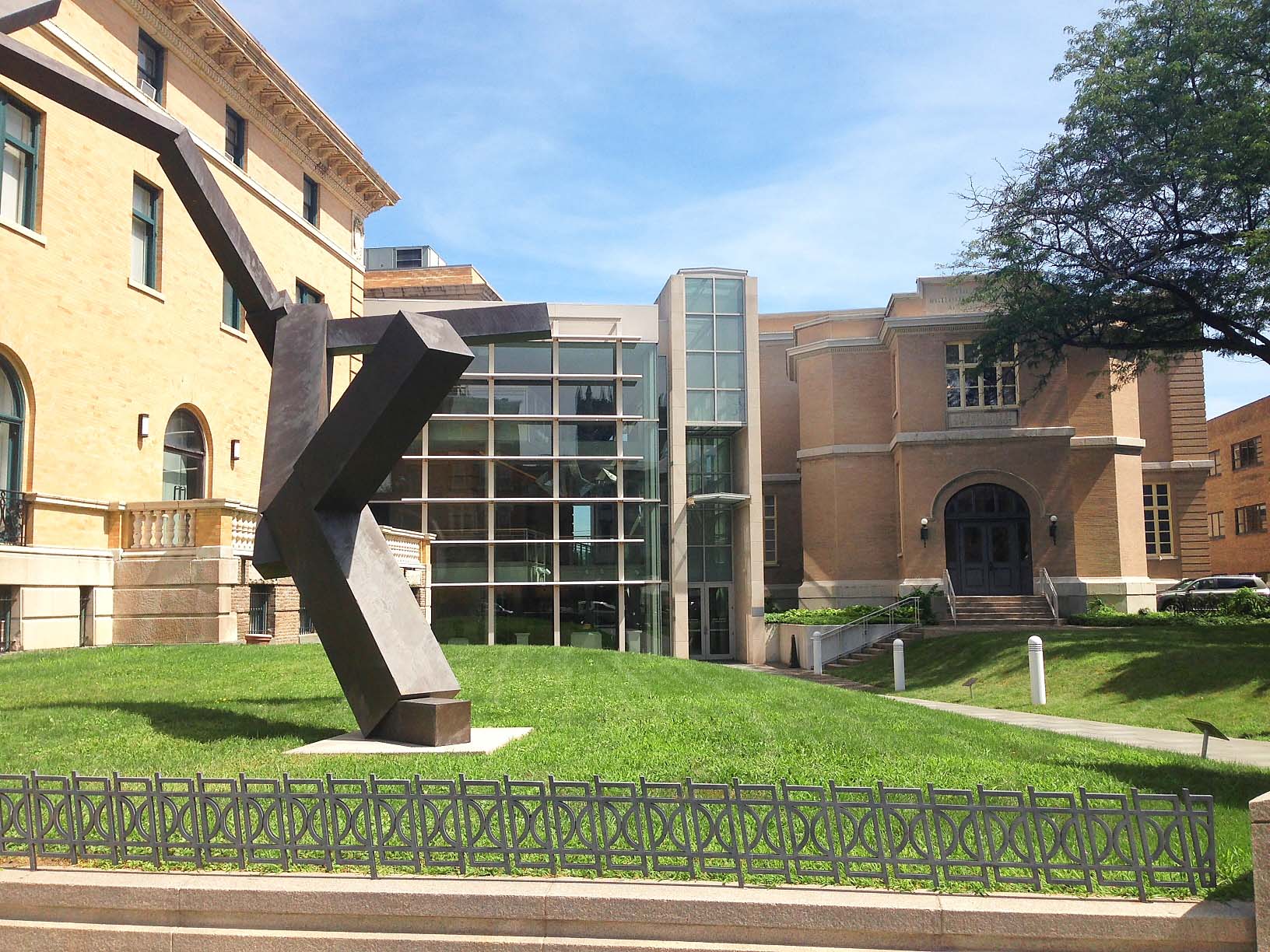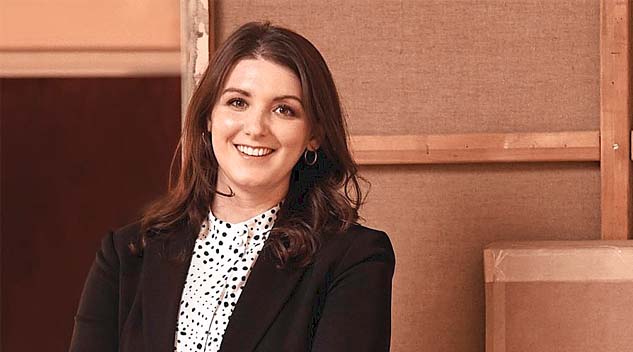#Kayla #Carlsen #Antiques #Arts #Weekly

The last time Antiques and The Arts Weekly interviewed Kayla Carlsen it was early in 2018 and she had been recently hired as vice president, head of Sotheby’s American art department. Carlsen, who is from the Hudson River Valley and whose parents are Freehold, N.Y., auctioneers Abby and Russ Carlsen, has a rich resume that includes high-level stints at Sotheby’s, Christie’s and Bonhams. She holds a bachelor of arts degree in art history from Clark University in Worcester, Mass., completed the Historic Deerfield Summer Fellowship Program in American History and Material Culture and attended a master’s program at Hunter College in New York. Recently, the Albany Institute of History & Art (AIHA) selected Carlsen to be its next executive director following a national search that attracted more than 70 candidates. She will begin her tenure on July 15.
How has holding senior positions at three of the world’s leading art businesses prepared you to lead an institution that has two centuries under its belt of strategic collecting of historical objects, paintings, photographs and furnishings?
In some ways, I think my experience working across various auction houses has uniquely prepared me for this role. It’s not often that auction house professionals move into the museum space, so it’s not lost on me about how lucky I am to be doing this.
Much of what I did over the last two decades — client development, strategic planning and even budget planning will be useful to my new role. Luckily, as head of a department at Sotheby’s, I wore many hats and I expect to do the same in Albany.
From seeking what’s hot in the American art market to stewarding that which fits the collecting rubric of the museum, how big a change is this for you?
It doesn’t change my line of thinking all that much. What is commercially successful should also, in theory, have wide appeal to museumgoers. I think this position does allow me to perhaps think more broadly though. For example, the museum is mounting an exhibition that will open in September titled “Delights of the Senses: Seventeenth Century Dutch Art and Life” featuring paintings from the Leiden collection. This would have been far from my field of view as head of American art at Sotheby’s and I am very much looking forward to it!
What early experiences drew you into the American art and material culture field?
Growing up in the auction world, I was exposed to art and historic objects at a young age. We frequently went to museums when we traveled as a family, and I have always felt really lucky to live in the Northeast where museums are plentiful. My interest in American art was most certainly founded in our proximity to the Hudson Valley and the locales frequented by the Hudson River School painters. After college, I completed the Material Culture Fellowship at Historic Deerfield, which opened up my understanding of historic house museums and cemented my love of objects that tell stories.

Exterior of the Albany Institute of History & Art. Courtesy of the museum.
What is it about this museum and its collection that drew you out of the auction world?
The AIHA has always been near and dear to my heart as a local of the Capital District. Its collection of Hudson River School paintings was of particular interest when I was in college and interning at Olana State Historic Site, and so I’ve tangentially watched the goings on at the institute for years. I think this role presents a multitude of opportunities to someone with my background. I’ve had a very narrow specialty over the last 20 years and I am looking forward to exposure to other areas of expertise and a community that supports those visions.
Do you expect that you will come to miss the fast pace of the auction industry?
I will certainly miss the wonderful colleagues I’ve gained at Sotheby’s and elsewhere over the years. That said, given the proximity of the museum to New York City and the strength in its American art collection, I expect overlap with my clients and hope that I will still get to work with many of them in new ways. The American art market is actually very much driven by scholarship, and collectors are usually passionate about the category because of an interest in preserving our nation’s history. That very much aligns with the goals of any museum.
Most museums rely in part on the generosity of museum members and donors, but fundraising events are also necessary. How do you feel about these as a means of support?
Fundraising events often allow museums to publicly thank those who help them accomplish their missions behind the scenes — whether that be as a result of financial gifts or other efforts. They can often also be a nice celebration of the community and a way to get people together and energize support for specialized initiatives. Having been on the other side of these events over the years, I see them as a positive and I look forward to meeting everyone in the museum’s orbit at events like this in the coming months.
Any neglected areas within the museum’s collection that you would like to see more robustly represented?
Like many institutions, the museum is looking to fortify collections of female and minority artists that will allow us to tell a more complete history of our region. Specifically, female Hudson River School artists who have historically been overlooked and objects that will help us to tell specific stories as they relate to Albany, the Capital Region and the greater Hudson River Valley. Albany recently had the honor of receiving a two-year project grant for an African American History Project. This project allowed the museum to record a series of oral histories, which I am looking forward to spending more time with when I arrive.
—W.A. Demers




